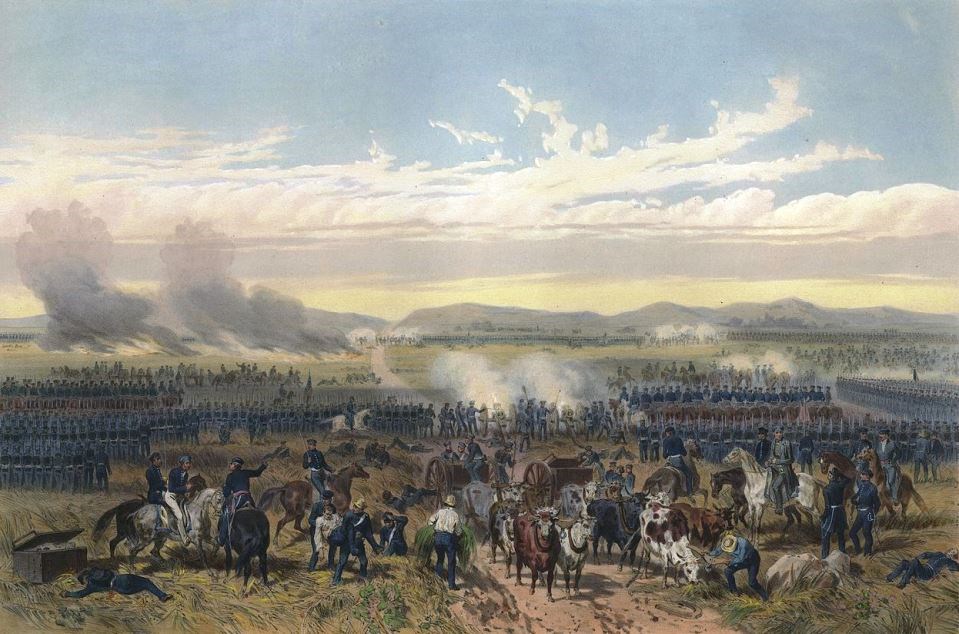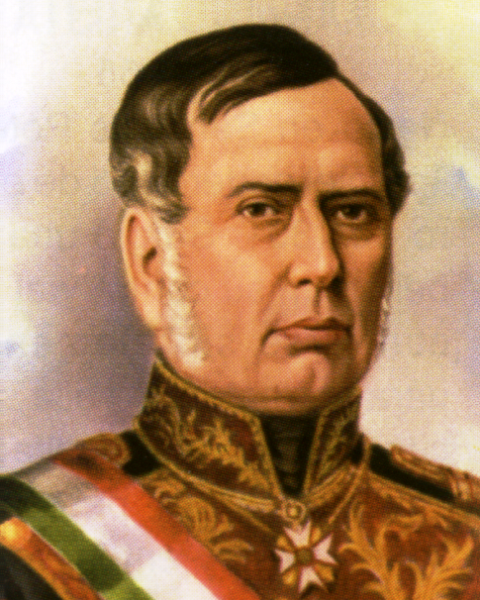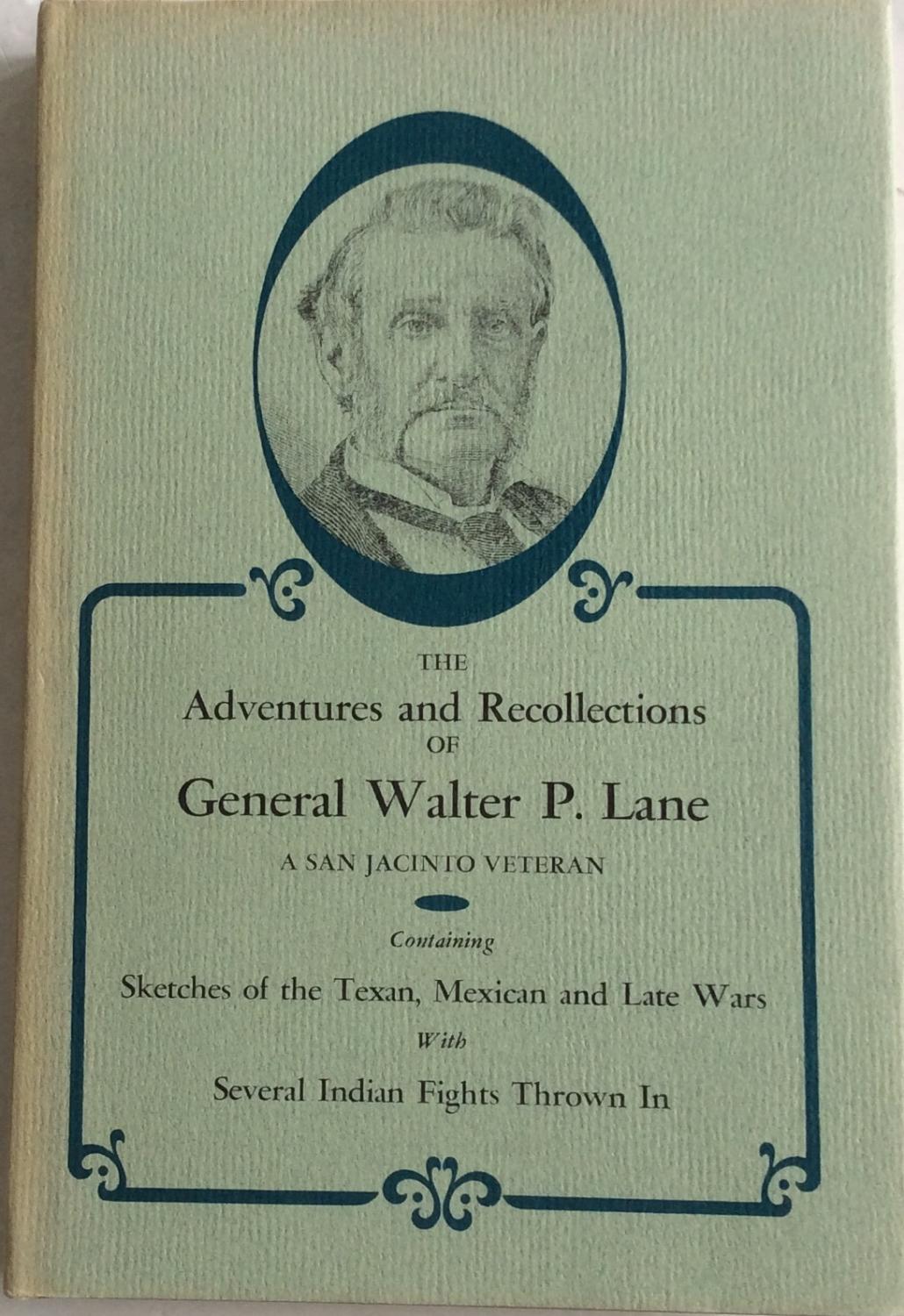
Palo Alto Battlefield National Historical Park near Brownsville, Texas is a National Park Service unit which preserves the grounds of the May 8, 1846, Battle of Palo Alto. It was the first major conflict in a border dispute that soon precipitated the Mexican–American War. The historic site portrays the battle and the war, and its causes and consequences, from the perspectives of both the United States and Mexico.
The United States invaded Mexico following the annexation of Texas. The war ended with the signing of the Treaty of Guadalupe Hidalgo (Tratado de Guadalupe Hidalgo) officially titled the Treaty of Peace, Friendship, Limits and Settlement between the United States of America and the Mexican Republic ended the war and was signed in February 1848. As a result, Mexico ceded present-day Texas, California, Nevada, and Utah as well as parts of Arizona, Colorado, New Mexico, and Wyoming to the United States.
 Historical print of the Battle of Palo Alto. Courtesy Adolphe Jean-Baptiste Bayot, Carlos Nebel {PD-US}
Historical print of the Battle of Palo Alto. Courtesy Adolphe Jean-Baptiste Bayot, Carlos Nebel {PD-US}
This collection of three document cases consists of research material pertaining to the Battle of Resaca de la Palma and the Battle of Palo Alto, as well as the overall Mexican-American War. Included are primary sources and reproductions of battle maps, books, reports, and surveys as well as published booklets, invitation, flyers, and newsletters published by the Palo Alto National Historic Site; the only National Park in South Texas. Digitized materials are available via UTRGV ScholarWorks, including letters, proclamations, and maps.
The New York Weekly Evening Post, Vol. VII, no. 32, 1848-06-15
Boston Courier, Vol. XI, no. 563, 1847-10-28
The Herkimer Freeman (Little Falls, NY), no. 105, 1846-06-30
The Anglo American (New York), Vols. 6-8, 1846-1847

In January 2002, the Palo Alto Battlefield National Historical Park (formerly Palo Alto Battlefield National Historic Site)signed an agreement with the library to house much of the Site’s research collection in the Special Collections & University Archives. The Site transferred hundreds of books and selected microfilms to University Library Special Collections as part of a joint project to develop a research collection on the Mexican War (1846–1848). The Palo Alto Battlefield National Historic Site is now the Palo Alto Battlefield National Historical Park. The materials remain the property of the Park, but are cataloged as part of the University Library collection. Recently, both Palo Alto NHP and UTRGV Special Collections & University Archives have begun to add unique archival materials to the collection, and an MOU was signed in September of 2018 to work towards the creation of a Palo Alto Research Center, which will include rare and primary resources related to the Mexican American War and development of the National Historic Park, and offer interpretation of those materials, as well as other projects in the future.
The arrangement was established with the understanding that advantages will be created for both organizations. The agreement benefits the Park in that the materials, which include a number of antique and rare volumes, are protected in a monitored and climate controlled environment. The library, in turn, gains access to a wide range of important materials that supplement its existing collections. Nevertheless, it will be researchers of the Mexican War who will benefit the most from this partnership.
In the past, the Palo Alto Collection had largely been reserved for internal Park use, and the general public had only limited access. With the transfer of the collection to the University Library, these items have become available to library patrons on a daily basis. To date, the Park has transferred about half of its library holdings to its new home. The core of this collection consists of approximately 300 volumes from the collection of the Descendants of Mexican War Veterans. These books were donated to the Park in the summer of 2001. This organization has promised the donation of additional materials in the future. Other materials in the collection include newspapers from the time of the war reporting on the War from both the United States and Mexico, and archival materials, including broadsides, reports, and military documents related to the war and the National Park.
All parties involved in the partnership hope that the development of this unique partnership will inspire other individuals and groups to follow the lead of the Descendants of Mexican War Veterans and donate books, manuscripts, and war-related items to the Park or the Special Collections & Archives so that such materials may be included in this research collection. In time, the goal is to develop the Palo Alto Collection at The University of Texas Rio Grande Valley into an important research center through a lasting partnership between the Park and the University.
Photographs appearing at far left and far right taken at the U.S.-Mexican War Living History Encampment on the site of the Battle of Resaca de la Palma, copyright Mark A. Williams.
Palo Alto Battlefield National Historical Park is the location of the first major encounter of the War of 1846 between Mexico and the United States. Though several acts of war between the two antagonists preceded the battle, the clash of troops at Palo Alto was part of 40 days of campaigning that ultimately led to American victories at Resaca de Guerrero and Buena Vista and to the occupation of Matamoros. Furthermore, the American victories convinced European nations to stay out of the war. Learn more about the battle from NPS.
Although militarily indecisive, the Battle of Palo Alto bears historical and national significance for both countries. For the United States, the battle, in its broadest historical perspective, signaled the beginning of a war that would serve expansionist goals. As a result of the Treaty of Guadalupe-Hidalgo (1848), the United States became sovereign over a large area of land, with exploitable economic resources stretching from the Gulf of Mexico to the Pacific Ocean, and over the people that resided within its boundaries. The end of the Mexican war also opened the American Southwest and the Pacific Coast to American settlement and in time led to the establishment of five states. Moreover, the Mexican Cession reopened the question, of slavery in the territories, made relations worse between the North and the South, and eventually became a cause for the American Civil War. Learn more from CHAPS Civil War Trail.
A collection of letters and official documents housed at the Casa Mata Museum and Archives in Matamoros, Tamaulipas, Mexico. Included are some American military records saved by the mayors of Matamoros. Ownership of these items rests with the Casa Mata Museum and Archives in Matamoros, Tamaulipas. Digitization sponsored by: Casa Mata, IMLS, Texas State Library.
Troop movements; seizure of cities and ports by the United States; calls from the patriotic governors to the population to maintain resistance against the invader; expulsion of Americans from Mexico City; Battle of the Angostura; Casimiro Solano gives up half of his salary as a teacher and makes his eight children available to the government to fight the invaders; reactions of the inhabitants of Mexico City against the invaders; release of prisoners.
This collection contains photographs of artifacts found at Fort Brown and Palmito Hill Battlefield, including Civil War-era hardware and ammunition. Sponsored by Texas State Library, Train to Share, UTB/TSC, and Manuel Hinojosa.
This collection contains photographs of historical artifacts on display at museums in Port Isabel, including some dating to the Civil War.
The collection consists of lithographs about the Mexican-American War of 1846. It was assembled by William Hudson, Sr., a Brownsville, Texas farmer, and businessman. Sponsored by: Texas State Library, Train to Share, UTB/TSC, and William Hudson. Content warning: Depictions of war, death, and violence.
The purpose of this lesson is to help students understand the Battle of Palo Alto which happened in the Rio Grande Valley. The Battle of Palo Alto was the first battle of the Mexican-American War. Palo Alto recalls the scenes soldiers described in a dozen letters and diary entries. Students will gain a new outlook on their local history by understanding the battle.
The guide includes a timeline of the Mexican-American War, lesson plans, and primary sources.
|
Portrait of Zachary Taylor, "Old Rough and Ready". Image available on the Internet and included in accordance with Title 17 U.S.C. Section 107.
|
Zachary Taylor (1784–1850)From the Handbook of Texas Online: "In 1845 Taylor became commander of the force ordered to Texas after annexation. He established his base camp at Corpus Christi; by the spring of 1846 it housed nearly half of the United States Army. In March, on orders from Washington, Taylor moved his force to the north bank of the Rio Grande and established Fort Brown opposite the Mexican town of Matamoros, a move that Mexico considered an invasion of her territory. In May the Mexicans ambushed one of Taylor's dragoon patrols, an attack that President James K. Polk used as the basis for his request for a declaration of war on May 13. Meanwhile, Taylor overwhelmed the northern Mexican army in the battles of Palo Alto (May 8, 1846) and Resaca de la Palma (May 9, 1846), victories for which he was promoted to major general. Correspondence and reports relating to Zachary Taylor's service in the Mexican War are available online via the National Archives. See Palo Alto Battlefield External Links. |

Portrait of General Mariano Arista from Libro de Historia de México. Image available on the Internet and included per Title 17 U.S.C. Section 107.
|
Mariano Arista (1802–1855)Having previously served under Santa Ana, Arista was given command of the Army of the North in 1846 and sent to expel American troops from territory claimed by Mexico in Texas. The resulting engagement ignited the bloody Mexican–American War of 1846–1848. Arista was in command of Mexican forces during the Battle of Palo Alto and the Battle of Resaca de la Palma, where he was defeated, due largely to superior U.S. artillery. Learn more from Texas Handbook Online. Recommended Fallo definitivo del Supremo Tribunal de la Guerra, al examinar la conducta militar del Exmo. Sr. general D. Mariano Arista, en las acciones de guerra que sostuvo al principio de la invasion Americana. Mexico Suprema Corte de Justicia Militar, 1850. |
|
Photo of Juan Cortina. Image available on the Internet and included in accordance with Title 17 U.S.C. Section 107
|
Juan Nepomuceno Cortina (1824–1894)From Texas Handbook Online: In the Mexican War Cortina served as a part of an irregular cavalry during the battles of Resaca de la Palma and Palo Alto under Gen. Mariano Arista of the Tamaulipas Brigade. After the war he returned to the north bank of the river, where he was indicted at least twice by a Cameron County grand jury for stealing cattle. Although Cortina frequently appeared in public, his political influence among Mexicans prevented him from being arrested." See also, Cortina: Defending the Mexican Name in Texas, by Jerry D. Thompson (2007) |
|
Portrait of Samuel Ringgold from National Portrait Gallery, Smithsonian Institution. Image available on the Internet and included in accordance with Title 17 U.S.C. Section 107. |
Samuel Ringgold (1796–1846)From NPS: "The Mexican artillery was generally ineffective but it did manage to strike a devastating blow to Taylor’s army. A Mexican artillery round mortally wounded Ringgold while he was commanding his guns. Even at this moment, Ringgold put his men before himself. When they came to his assistance, he waved them off and reminded them of the work they still needed to do. Ringgold would succumb to his wounds on May 11th." See also Memoir of Major Samuel Ringgold, United States Army: read before the Maryland Historical Society, April 1st, 1847, by James Wynne. This address can be read online via the University of Pittsburg Digital Collections. |
The research guides compiled by UTRGV staff and students are intended to assist patrons who are embarking upon new research endeavors. Our goal is to expand their knowledge of the types of resources available on a given topic, including books, archival materials, and websites. In so doing, our compilers have taken care to include collections, digital items, and resources that may be accessed not only through UTRGV but also via other institutions, repositories, and websites.
We wholeheartedly respect the research interests of others. Therefore, please contact us if you wish to submit a resource for consideration, or if you have a question about or an issue with a specific cited resource.
 The adventures and recollections of General Walter P. Lane, a San Jacinto veteran, containing sketches of the Texan, Mexican and late wars, with several Indian fights thrown in.
by
The adventures and recollections of General Walter P. Lane, a San Jacinto veteran, containing sketches of the Texan, Mexican and late wars, with several Indian fights thrown in.
by
 Guns along the Rio Grande Palo Alto and Resaca de la Palma
by
Guns along the Rio Grande Palo Alto and Resaca de la Palma
by
 Military history of Texas and the Southwest.
by
Military history of Texas and the Southwest.
by
Appointments are recommended for most new researchers. Our team is available in Brownsville and Edinburg to assist you with identifying resources.